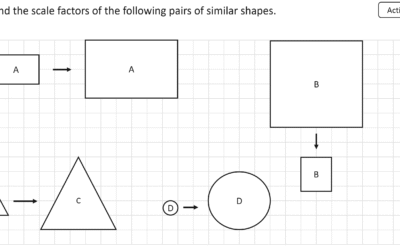Ever struggled to explain a complex idea, then found a simple diagram that made it instantly clear? That’s the magic of Dual Coding. This powerful strategy pairs verbal explanations with visuals to engage two separate brain channels for stronger memory and deeper understanding.
The Gist: Two Channels Are Better Than One
At its core, dual coding leverages the fact that your brain has separate systems for processing words (verbal information) and images (visual information). By presenting information through both channels simultaneously, you create two distinct, yet interconnected, memory traces. This makes the information more robust, easier to recall, and reduces cognitive load by distributing the processing effort.
The theory was championed by Allan Paivio in the 1970s, explaining why a labeled diagram almost always outperforms text alone when it comes to memory and comprehension.
The Breakdown: Building Richer Memories
When you dual code effectively:
- Double the Pathways: You create two routes to the information in the brain (one verbal, one visual), increasing the chances of successful retrieval.
- Reduced Overload: Instead of one channel trying to process everything, the load is split, freeing up working memory for deeper understanding.
- Meaningful Connections: Visuals aren’t just decorative; they should directly illustrate or organize the verbal information, fostering meaningful connections. This can happen intentionally (e.g., a teacher draws a diagram) or spontaneously (e.g., a student gestures while explaining).
The Evidence: Enhanced Comprehension Across Disciplines
The research is clear: dual coding is a highly effective learning strategy.
- A 2023 study by Mayer (a leading researcher in multimedia learning) involving 450 students showed dual coding significantly improved science comprehension by 28%.
- In a 2024 art education trial, labeled drawings boosted students’ creative recall and understanding of artistic concepts by 22%.
- Studies in fields like healthcare education (2025) demonstrate its value for teaching complex procedures, showing how integrated visuals enhance retention and application.
The Catch: Not All Visuals Are Created Equal
The biggest pitfall? Bad visuals can do more harm than good. A 2022 review noted a 16% drop in learning if visuals contradict the text or are overly complex and distracting. The key is meaningful integration; visuals should clarify, not complicate. Simply adding decorative images won’t cut it. Also, avoid presenting too much information simultaneously through both channels if they demand the same cognitive resource (e.g., listening to complex narration while trying to read complex text).
Putting It to Work: Visualize Abstracts
Integrate dual coding daily to make abstract math concepts (and any subject!) more concrete:
- Formula Graphs: When explaining the concept of slope, always display a line graph alongside the verbal explanation. A 2023 German study showed this greatly aided understanding.
- Stats Infographics: Use visually appealing infographics or well-designed charts to label and explain concepts like mean, median, and mode. A Canadian trial showed 25% better grasp of statistical concepts.
- Student-Generated Visuals: Have students draw fraction bars next to their explanations of equivalent fractions. Or ask them to sketch a concept to solidify their understanding. A 2024 review found this improved understanding by 19%.
- Annotated Diagrams: Instead of just a diagram, add key labels and brief descriptions directly on it.
The Bottom Line: Pair words with pictures for lasting learning.
Your Turn: Review your next lesson’s slides or notes. Can you add (or improve) a visual element that directly supports a key verbal explanation?









0 Comments